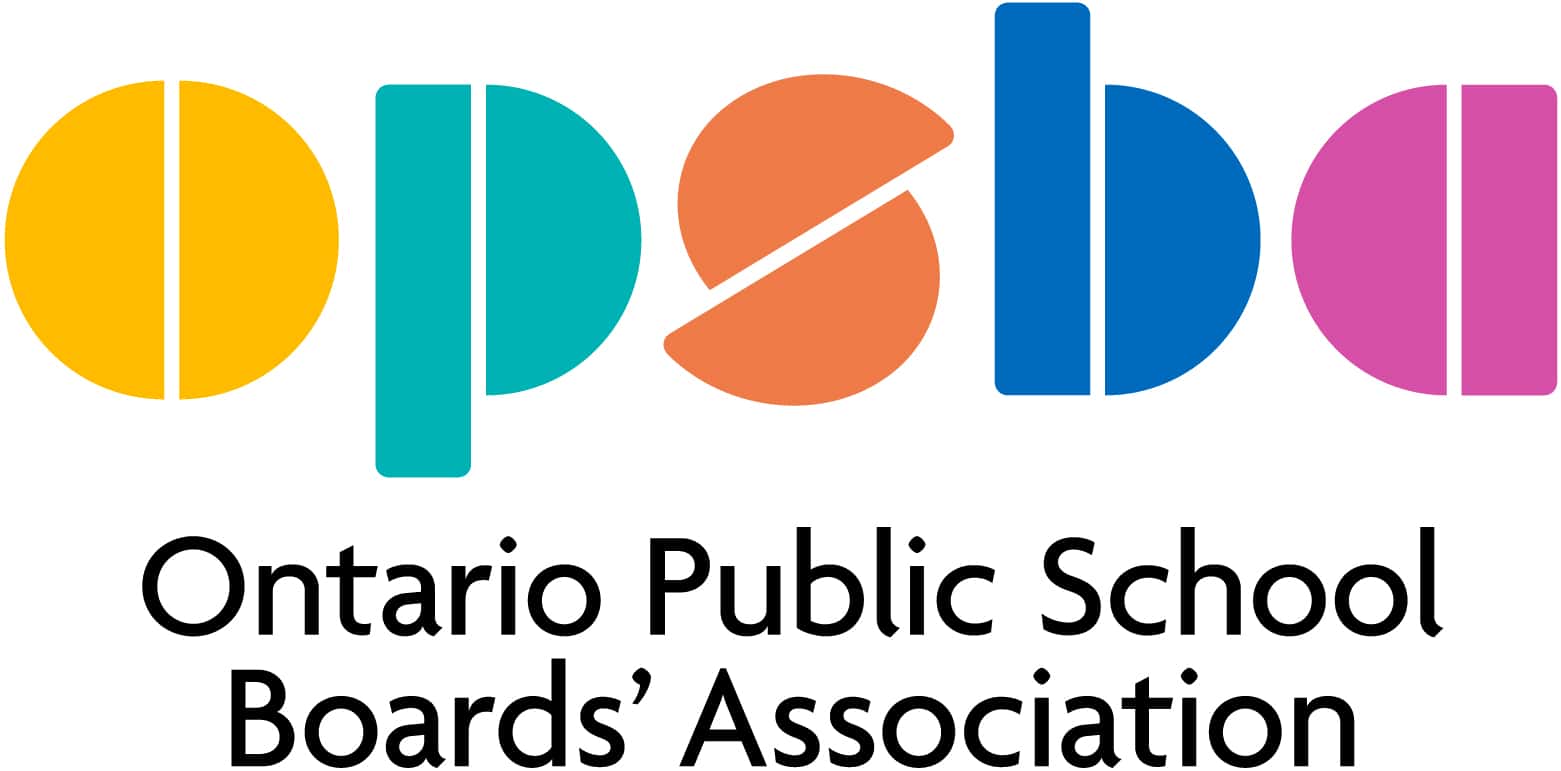OPSBA sent a submission to the government’s Bill 47, Making Ontario Open for Business Act, 2018 and stated our strong support for the amendments that changes the journey person to apprentice ratio for all trades (that are not to exceed one apprentice for each journey person).
OPSBA recommends:
- A targeted marketing and communications plan, specifically directed at parents, students, educators and employers, to further elevate skilled trades to an even more respected pathway. There is evidence-based research and data that should be shared that clearly shows there are, and will continue to be, many opportunities for well-paid skilled trade jobs in the future. This is a career pathway that needs to be part of a comprehensive and intentional career exploration strategy from Kindergarten to Grade 12. The earlier students and parents are made aware of these types of career opportunities, the more likely there will be an actual increase in the supply pipeline for apprenticeships in the skilled trades. Specific programs or modules for Grades 6 to 9 students would be beneficial. Waiting until students graduate is too late and negatively implies and reinforces that these are careers that should be considered only if other pathways are not attainable.
- The government strongly consider providing relevant opportunities for students, beyond the Ontario Youth Apprenticeship Program (OYAP), to begin to earn apprenticeship hours while in secondary school, which can then be continued upon graduation with an employer or at the community college level.
- The government address the issue of a lack of skilled trades’ education and apprenticeship options for Indigenous students in Indigenous communities. Many First Nation communities would benefit from youth being trained for well-paid skilled trade jobs, so they are not forced to leave their communities in search of employment.
These recommendations will provide an early incentive for students to develop positive attitudes toward the trades, pursue an interest, develop a passion and begin in a very practical way to learn about safety in the workplace. An apprenticeship focus can easily be expanded and integrated into existing vocational school programs and through secondary school experiential and cooperative education programs, as well as Specialist High Skills Majors. This will involve balancing and/or shifting funding levels for commencing an apprenticeship to secondary schools rather than only in post-secondary and employment settings.

